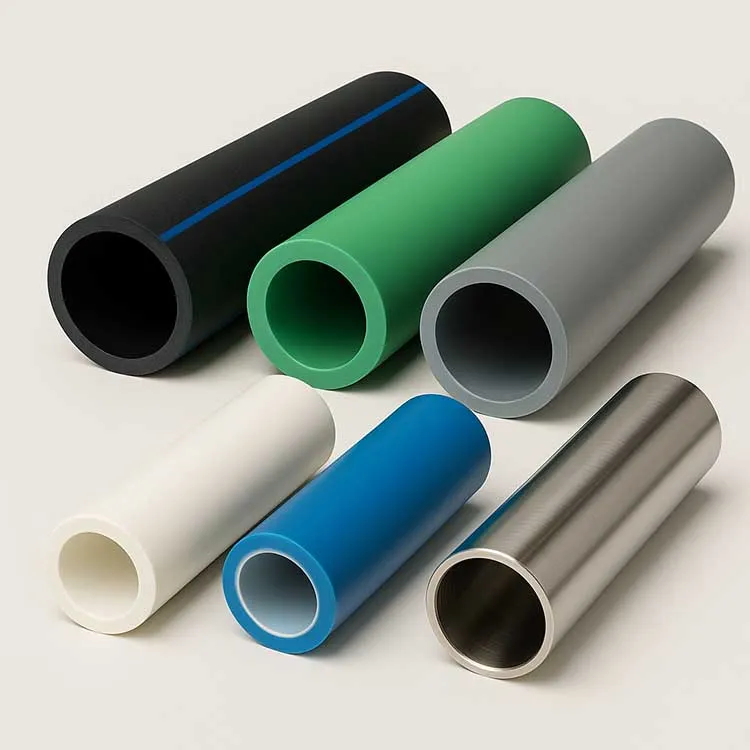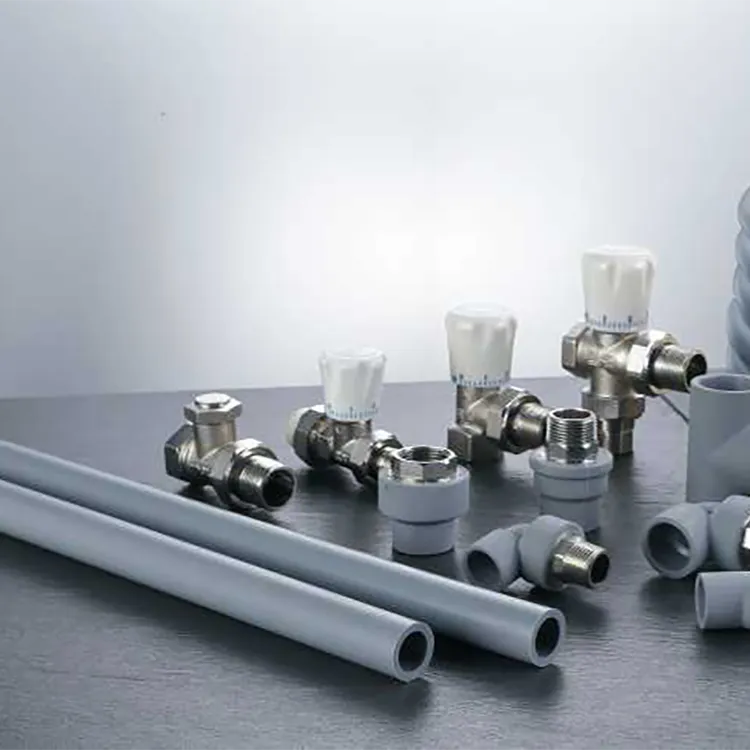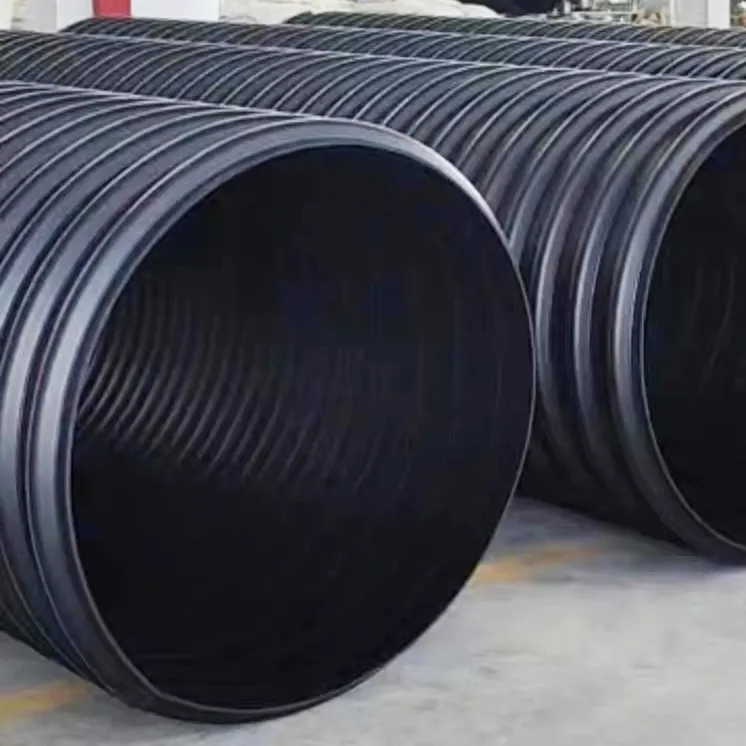What are the different kinds of heat-resistant plastic pipe specifications?
Heat-resistant plastic piping systems are not all created equal. The kinds of heat-resistant plastic pipe specifications available can vary widely depending on the type of plastic being used for the piping system. Let's take a closer look at each of the three most common heat-resistant plastic piping systems and their associated specifications.
PPR Heat resistant pipe Specifications
PPR stands for polypropylene rubber,its diameter is DN20-450. This is one of the most widely used plastics in the world and is found in everything from automotive parts to medical devices and even industrial piping systems. PPR is ideal for high-temperature applications such as those found in chemical processing plants and in the process of extracting crude oil. While PPR is highly durable, it is not suitable for use in applications where sustained exposure to water is required. For this reason, it is not a good choice for residential or commercial plumbing applications.
PVC Heat resistant pipe Specifications
Polyvinyl chloride (PVC) is another widely used plastic in the plumbing industry. It is a good choice for residential and commercial plumbing applications where higher temperatures are needed during DN16-160. PVC has a broad operating range from -40 to +210 degrees Fahrenheit. It is also relatively lightweight, easy to work with, and can be joined with a wide variety of building materials such as metals. However, PVC is known to release toxic fumes when it is burned. This is why it is not recommended for use in areas where it is likely to be exposed to open flame.
PE-RT Heat resistant pipe Specifications
PE-RT stands for polyethylene rubber and is similar to PPR in many ways. Its diameter are during DN20-450 too. It is also not suitable for use in wet environments. It is a good choice for high-temperature applications such as oil extraction, chemical processing, and heating applications. Like PPR, it is lightweight and easy to work with. It also has a relatively long lifespan and can be easily joined with other building materials. PE-RT is a good choice for residential and commercial plumbing applications where higher temperatures are needed.
Conclusion
As you can see, each of the three most common heat-resistant plastic piping systems has its own set of pros and cons. It is important to select the right plastic for your particular application so that you can get the longevity out of your piping system that you expect.


981.webp)

 (1)379.webp)

294.webp)
476.webp)
420.webp)
146.webp)
460.webp)
287.webp)
274.webp)
688.webp)


